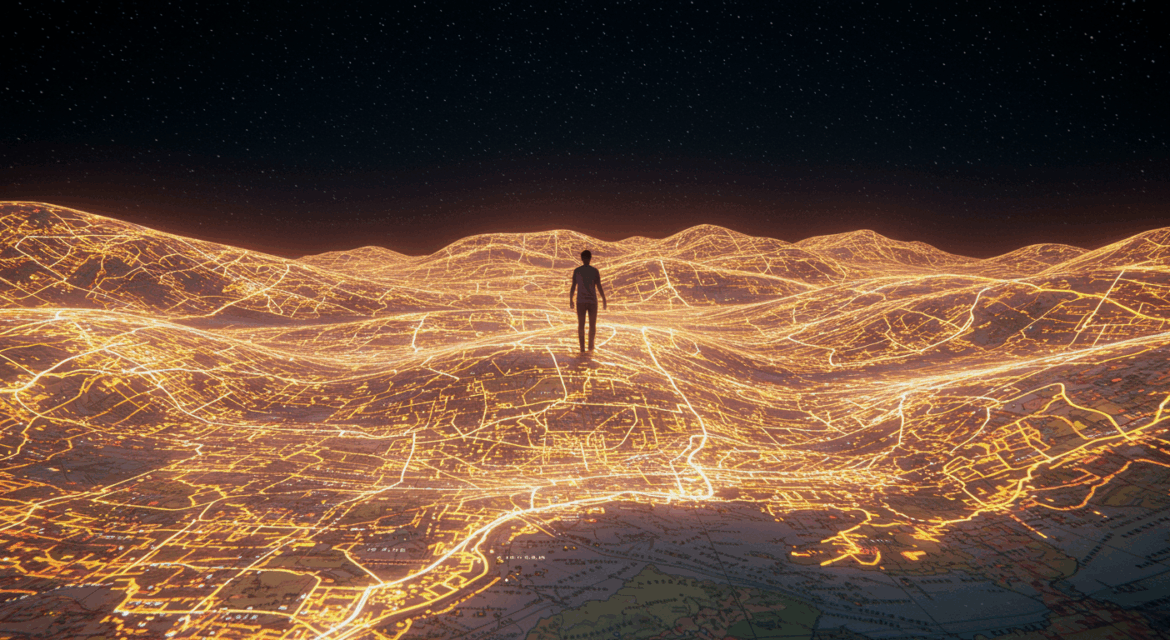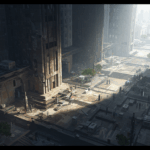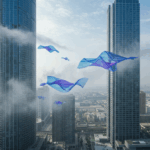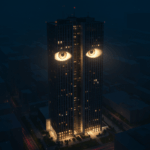Before bridges were built, there were stories. Before roads were paved, there were footsteps. Before cities were designed, there were simple desires: a child walking safely to school, a worker arriving at his job without exhaustion, a grandmother seeing the sea from her window unobstructed by skyscrapers.
In a residential project, the design didn’t start with CAD plans — it started with interviews with residents. They were asked: What do you miss in your neighborhood? What makes you feel safe? What brings you joy? The answers weren’t technical — they were human. They wanted a shaded spot for children to play, a corner for morning coffee with neighbors, a shortcut to the market without crossing a busy street.
Engineers didn’t change the location — they changed the perspective. They turned an “empty space” into the “heart of the neighborhood.” They didn’t add square meters — they added meaning.
In another project, in a barren industrial zone, the team was asked to design an “efficient” administrative building. But they added something unrequested: a small internal courtyard with a quiet fountain and shaded benches. It wasn’t “necessary,” but it became the place where workers rested during breaks, sipping coffee and catching their breath before returning to production lines.
There are moments in design where logic alone doesn’t decide. There’s something deeper: an invisible understanding of a place’s pulse. Some projects are built with concrete; others are built with memories.
Even in massive infrastructure projects — bridges, hospitals, airports — the human element remains the compass. Because cities aren’t built for cars — they’re built for people. Roads aren’t drawn for maps — they’re drawn for feet.
In a world racing after data and artificial intelligence, there are still moments where “feeling” is irreplaceable — that inner voice whispering: “Here… this place needs something different.”
Perhaps, in the end, the greatest projects aren’t those completed fastest or cheapest… but those that make those who live in them feel… they’re exactly where they belong.






